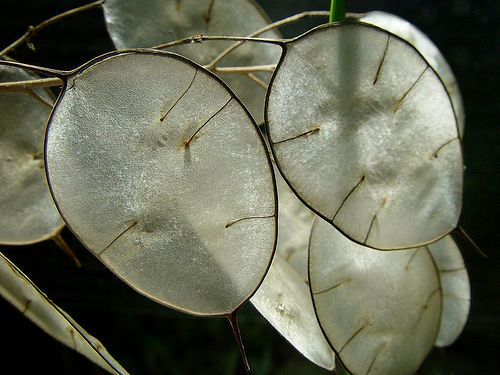
Just when you thought the gardening season couldn’t last forever, along comes a group of flowers romantically dubbed “everlastings”.
Everlasting flowers aren’t an official botanical group, but rather those flowers and seed pods that when dried, hold their shape and color nearly perfectly or at least very well. In many cases some flowers and seed heads will retain their beauty for years.
If you’d like to have dried flowers to have on hand for wreaths, dried flower arrangements, drawer sachets or other holiday crafts, now is the time to plant everlastings. You can never think too far ahead, am I right?
In reality, you can try to dry any type of flowers that strike your fancy. Some of your attempts will be successful and some…not so much. Soon, it may become rather obvious to you which flowers have the tendency to hold their shape. Another thing to think about is that flower colors will sometimes change as they dry. Such is the case of dried deep red roses. Red roses may be sexy when fresh, but they’re downright macabre when their dried; that is, they turn black.
 |
|
| Strawflowers. Photo by Carl E. Lewis under the Creative Coomon Attribution License 2.0. |
One of the most curious flowers I’ve grown are strawflowers. Even while they’re still attached to the plant, it looks as if the plant has bloomed colored paper in the shape of petals. Strawflowers are fabulously charming in small glass vases lining a windowsill.
Harvesting everlastings
The best time to harvest (cut and gather) your everlastings is in the morning before the blossoms have fully opened, but after the dew has dried. Taking them while they’re only partially in bloom is best because they continue to open as they dry. Choose the flowers or seed pods that are as close to perfect looking as possible because flaws such as insect attacks become more obvious once they’ve dried. Cut the flowers close to base of the plant to keep as long a stem as possible.
How to dry flowers
There are many ways to create dried flowers, but the old-fashioned hanging way works pretty darn well and is the easiest and least expensive. Other drying methods include using desiccants like silica gel (which is actually the best for retaining color) and microwave drying as well, which includes having water in the microwave along with the flowers.
For the hang-drying method, just pull off the leaves (unless you think the leaves will dry nicely) and tie them in small bunches with a rubber band at the bottom of the stems. Next, find a dry, warm place to hang the flower bunches. Your garage, attic, spare room, garden shed, or even a closet will do.
| More ways to preserve flowers • Pressing Flowers • Drying Flowers in Sand |
|
Be sure to hang them so that the flower bunches don’t touch each other while they’re drying. Some everlasting dry perfectly well when placed upright to dry; this approach works for Chinese Lanterns, Poppy seed heads, and Baby’s Breath. Just place them in jars, vases, or cans. It usually takes about 5 to 6 weeks for the flower bunches to dry.
Below is a list of flowers and seed heads I put together that lend themselves well to drying, but by no means is this list exhaustive. Learn more about the the characteristics and growing requirements of these plants by clicking on the links.
 |
|
| Bachelor’s buttons. Photo by Annie’s Annuals under the Creative Commons Attribution License 2.0. |
Everlastings to grow for drying
- Sea Holly (Eryngium spp.) – perennial
- Winged Everlasting (Ammobium alatum) – annual
- Chinese Lantern (Physalis alkekengi) – perennial (primarily the seed pods)
- Artemesia (Artemesia spp.) – perennial
- Hydrangea – perennial
- Baby’s Breath (Gypsophila paniculata) – annual or perennial
- Sweet Annie (Artemesia annua) – perennial
- Cockscomb (Celosia cristata) – annual
- Bells-Of-Ireland (Moluccella laevis) – annual
- Love-in-a-mist (Nigella damascena) – annual (primarily the seed pods)
- Money Plant or Honesty (Lunaria annua) – biennial
- Yarrow (Achillea spp.) – perennial – perennial
- Strawflowers (Helichrysum bracteatum) – annual
- Globe Amaranth (Gomphrena globosa) – annual
- Statice (Limonium spp.) – perennial
- Bachelor’s Buttons or Cornflower (Centaurea cyanus) – annual
- Lavender (Lavandula spp.) – perennial
- Roses (Rosa spp.) – perennial/shrub






















Comments
Log in or create an account to post a comment.
Sign up Log in